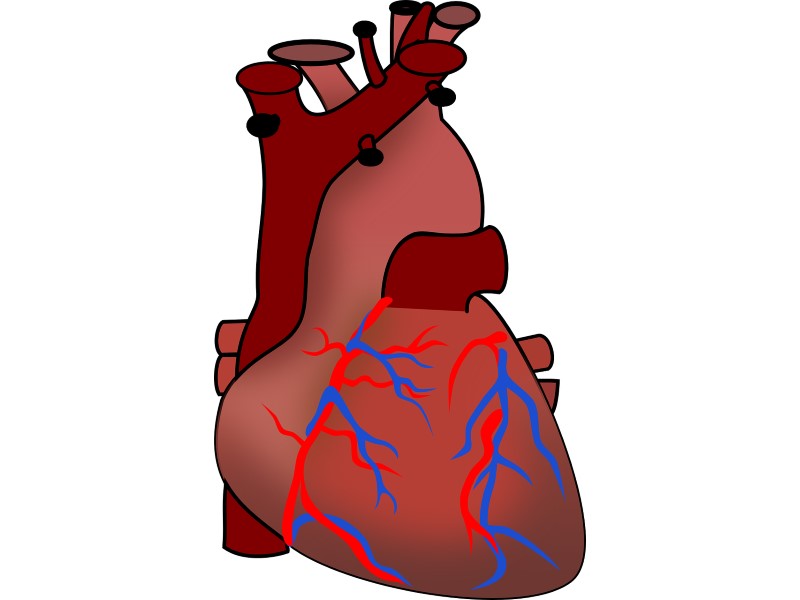- Home
- Science
- Science News
- New Computer Model Can Predict Size of Heart Valves
New Computer Model Can Predict Size of Heart Valves

Children born with a certain congenital heart defect often need a percutaneous pulmonary valve surgically inserted when they are 10 to 15 years old.
The computer simulations will help determine if that surgery will be successful and if the necessary valve will fit in the individual's heart.
"To make it simple, it's like buying jeans. You need to try them on to see if they are going to fit," said Vittoria Flamini, an assistant professor at the New York University.
"Similarly, the valve might or might not fit - something surgeons would like to know before they perform the procedure," Flamini said.
The computer simulation, a collaboration between Flamini and Puneet Bhatla, from NYU, involves manipulating images of the patient's heart sent over by the medical team, a complex process that takes at least a day.
"A lot of medicine involves technology and innovation, and the drivers of medical technology are physicians, because they are interested in solutions to the problems they are faced with," Flamini said.
While still in the testing stage, the methodology that could spare kids from unnecessary surgery could be ready for rollout in as little as a year, researchers said.
Although this simulation is for a very specific cohort, Flamini expects that eventually it will be used for other types of surgeries.
For the latest tech news and reviews, follow Gadgets 360 on X, Facebook, WhatsApp, Threads and Google News. For the latest videos on gadgets and tech, subscribe to our YouTube channel. If you want to know everything about top influencers, follow our in-house Who'sThat360 on Instagram and YouTube.
Related Stories
- Samsung Galaxy Unpacked 2025
- ChatGPT
- Redmi Note 14 Pro+
- iPhone 16
- Apple Vision Pro
- Oneplus 12
- OnePlus Nord CE 3 Lite 5G
- iPhone 13
- Xiaomi 14 Pro
- Oppo Find N3
- Tecno Spark Go (2023)
- Realme V30
- Best Phones Under 25000
- Samsung Galaxy S24 Series
- Cryptocurrency
- iQoo 12
- Samsung Galaxy S24 Ultra
- Giottus
- Samsung Galaxy Z Flip 5
- Apple 'Scary Fast'
- Housefull 5
- GoPro Hero 12 Black Review
- Invincible Season 2
- JioGlass
- HD Ready TV
- Laptop Under 50000
- Smartwatch Under 10000
- Latest Mobile Phones
- Compare Phones
- Vivo Y19 5G
- iQOO Z10 Turbo Pro
- iQOO Z10 Turbo
- CMF by Nothing Phone 2 Pro
- Motorola Edge 60
- Motorola Edge 60 Pro
- Motorola Razr 60
- Motorola Razr 60 Ultra
- Asus ROG Zephyrus G16 (2025)
- Asus ROG Zephyrus G14 (2025)
- Honor Pad GT
- Vivo Pad SE
- Moto Watch Fit
- Honor Band 10
- Xiaomi X Pro QLED 2025 (43-Inch)
- Xiaomi X Pro QLED 2025 (55-Inch)
- Asus ROG Ally
- Nintendo Switch Lite
- Toshiba 1.8 Ton 5 Star Inverter Split AC (RAS-24TKCV5G-INZ / RAS-24TACV5G-INZ)
- Toshiba 1.5 Ton 5 Star Inverter Split AC (RAS-18PKCV2G-IN / RAS-18PACV2G-IN)

















